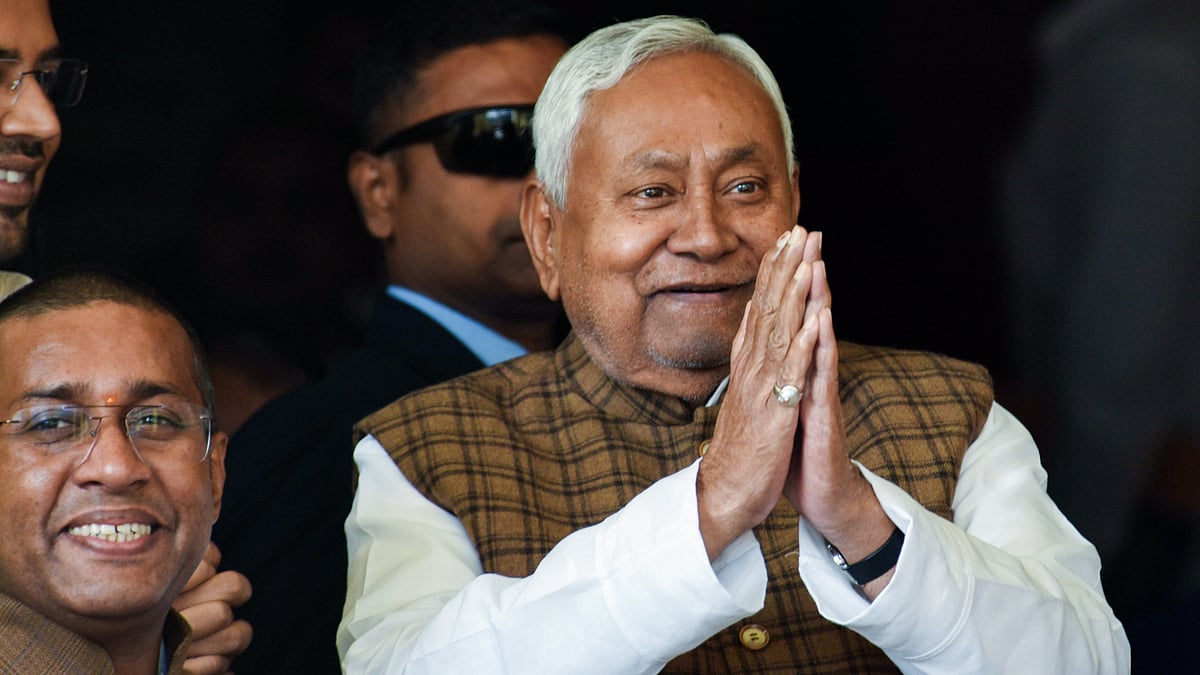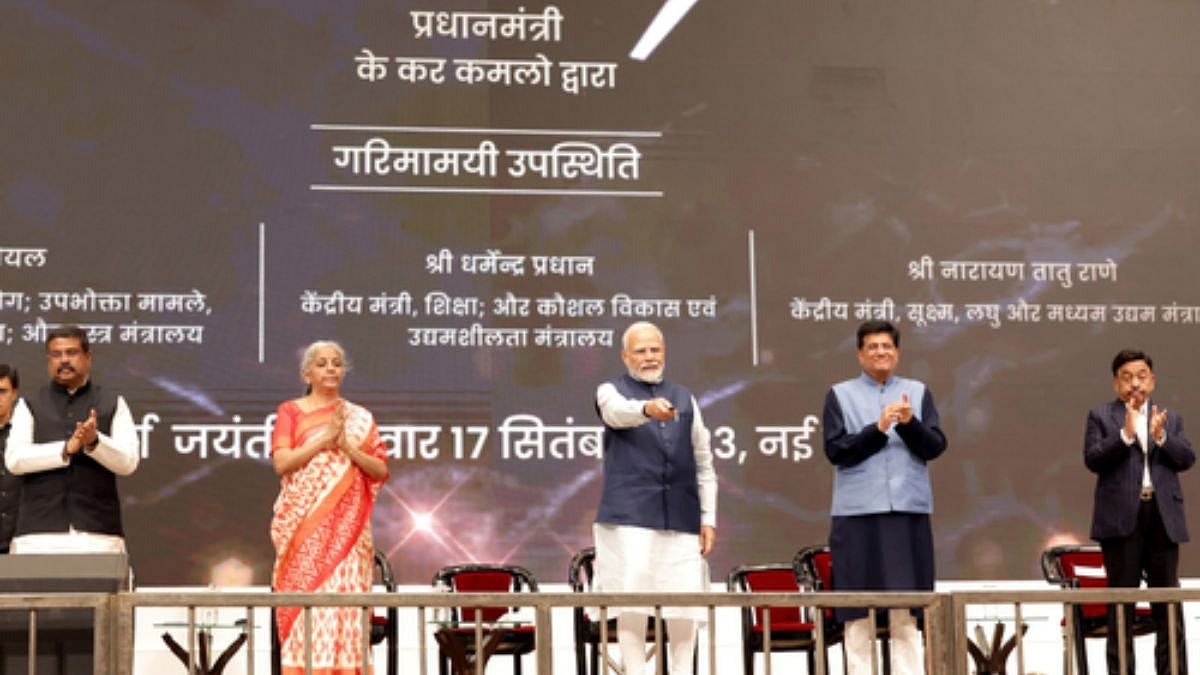High inflation that has persisted for months has led to Moody’s slashing India’s gross domestic product (GDP) growth forecast to 7 per cent, along with factors such as rising interest rates. The Reserve Bank of India has to call an off cycle meeting of its monetary policy committee, to explain how it failed to curb inflation for three straight quarters. As India’s banking regulator hopes to keep inflation below 7 per cent in October, RBI Governor Shaktikanta Das has acknowledged that anything above 6 per cent can still harm India’s economic growth.
Targets set for a reason
Speaking at a leadership summit, Das said that there’s no need to shift goal posts and change targets to address inflation which surged after the Russia-Ukraine war. He reiterated that the goal of containing inflation at 4 per cent with a scope for stretching the boundary by 2 per cent was set for a reason. Das acknowledged that inability to bring inflation below 6 per cent in three quarters will definitely be considered a failure of the monetary policy.
Sudden jolt by the war
As rising oil prices and a weak rupee keep exerting pressure to expand inflation, Das said that the RBI is committed to bringing down inflation to 4 per cent in line with the original target. The organisation had been confident that India’s maximum inflation won’t go beyond that target even if oil prices reached $100 a barrel. But the war triggered uncertainty about supply of essentials, causing price rise that disrupted India’s plans.
Resilient despite blows
But Das also maintained that the Indian economy has remained resilient despite global headwinds, even as inflation threatens growth. The RBI is also expected to stretch the cycle for interest rate hikes, in order to control cashflow and rising prices. Since the war in Europe started, inflation for India has reached as high as 7.3 per cent and was at 6.3 per cent at its lowest point.









